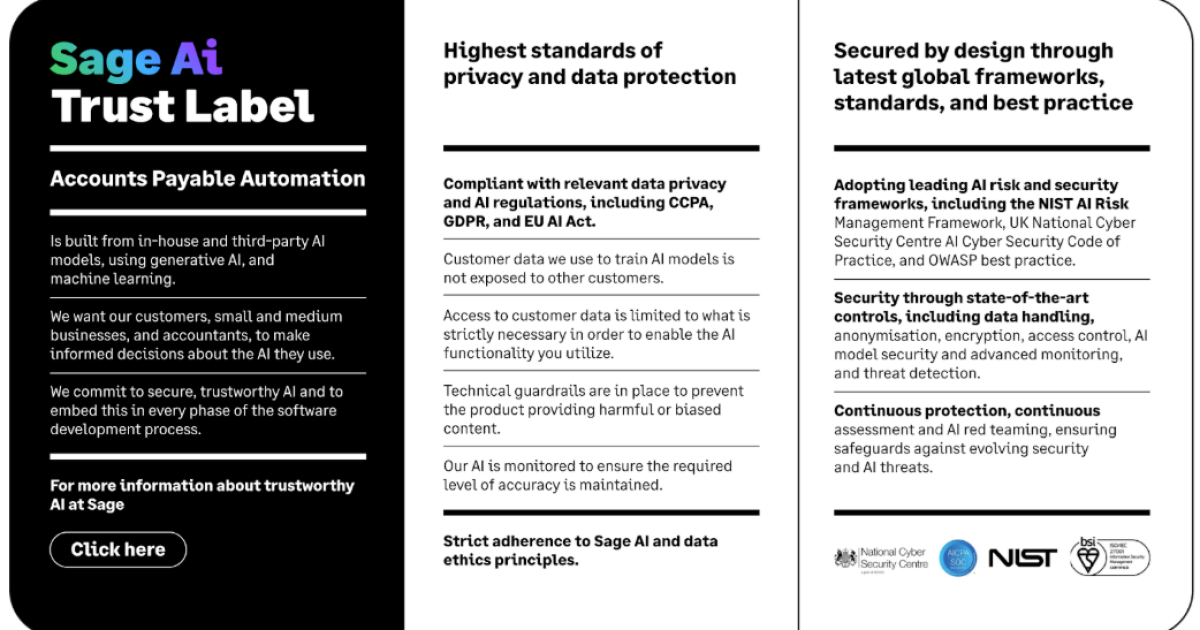Funny pug dog in the dog house
getty
Are tax troubles on your mind? It’s National Get Out Of the Doghouse Day. Why not take advantage of the opportunity to clean up your finances and resolve your tax issue? Getting started now will help get you out of the doghouse with Uncle Sam (and potentially, your spouse, business partner, or mom).
Background
National Get Out of the Doghouse Day is celebrated on the third Monday of July—this year, that’s July 17, 2023. The day was created by a Florida florist, Heidi Richards Mooney, in 1999 to promote her business.
While Mooney created the holiday, she didn’t coin the term. The first known reference is from J. M. Barrie’s 1911 classic book, Peter Pan. The Darling children—Wendy, John, and Michael—owned a dog called Nana, who lived in a doghouse. When Mr. Darling is overcome by guilt after Captain Hook kidnaps the children, he crawls into Nana’s doghouse, refusing to come out, and saying, “No, my own one, this is the place for me.”
Actionable Steps
While most of us haven’t found ourselves in the literal doghouse, we all know that awful feeling when we feel like we’ve made a mistake. But you don’t have to stay in the doghouse—especially when it comes to taxes. Here are some tips and actionable steps to help you get started:
- Open your mail. This remains at the top of my best tax advice ever. While I understand that a stack of letters from the IRS can be daunting, letting that mail sit is the worst thing you can do when it comes to tax matters. It’s rarely as bad as you think—and opening the mail can’t make it worse.
- Click over to IRS.gov. While the IRS initiates most contacts through regular mail, you don’t have to wait for them to contact you—you can check your tax account online. Click over to irs.gov and then click “Sign into your account.” That will take you to the online account page, where you can create an account if you’re a first-time user. Once you’re signed in, you can access your tax records, check your balance, make and view payments, create a payment plan, and more—all without talking to anyone.
- File your return. Often, when taxpayers haven’t filed their tax returns, they believe they won’t be able to pay what they owe. But even if you don’t have the money to pay, file your tax return anyway. Here’s why: there are penalties for failure to file and failure to pay. Penalties are based on the amount you owe and the length of time that passes from the due date—that means that the sooner you file, the better, even if you can’t pay. You can file for free using IRS Free File if you meet the criteria—those taxpayers who don’t qualify can still use Free File Fillable Forms.
- Consider a payment plan. You should still take action even if you can’t pay your tax debt immediately. You can stave off liens, levies, and other collections activities by working with tax authorities. You can apply for an installment agreement with the IRS online—without even speaking to an actual person—if you owe $50,000 or less in combined individual income tax, penalties, and interest, and you’ve filed all of your tax returns.
- Check your withholding. Taxpayers often find themselves in tax trouble because they aren’t withholding enough throughout the year—withholding is the amount of federal income tax withheld from your paycheck. To help, the IRS has an online tool to help you estimate your federal income tax withholding, see how your refund, take-home pay, or tax due are affected by a withholding amount, and choose an estimated withholding amount that works for you.
- Call for help. You can’t resolve your tax obligations by ignoring them. Help is available. To contact the IRS about your tax account, start with your notice or letter—typically, you’ll find an address, contact name, and phone number listed on your correspondence. But if you’ve lost your notice, or have another issue related to your individual tax account, try calling the IRS at 1.800.829.1040. While call times aren’t as bad as before, you should still be prepared to wait.
- Reach out to the Taxpayer Advocate Service (TAS). If you aren’t able to resolve your tax issues directly with the IRS, consider reaching out to the TAS. The TAS is an independent organization within the IRS that works to help taxpayers resolve issues that taxpayers haven’t been able to fix on their own. They have offices in every state, the District of Columbia, and Puerto Rico, to work with you. The best part? Services are always free.
- Identify your mistakes. You’d be surprised at how many taxpayers repeat the same mistakes—making a few small changes results in a more favorable result going forward. Some quick checks? Review your filing status and make sure that it’s best for your circumstances, don’t overlook deductions or try to claim the wrong deductions, be sure that you’re on track to withdraw the correct amounts from your retirement plans, make sure that you’ve reported all of your income—including foreign income—and do a quick calculation to make sure that your estimated payments make sense. Don’t keep making the same mistakes as they’ll land you in the same place each time.
- Find a great tax advisor. I can’t emphasize enough how important it is to seek out a responsive, competent tax advisor. Even if you do your own taxes, you may need someone to help you if you run into trouble. Don’t rely on someone who will disappear after April 15 since “correspondence season”—when IRS letters go out—generally heats up in summer. Do your research, ask for referrals, and make sure the fit feels right before signing on.
Takeaway
Nobody likes to find themselves in tax trouble, but help is available. Take the time today to open your mail, click over to IRS.gov, or do whatever is needed to resolve your tax issues and get out of the tax doghouse. You’ll be glad you did.
Credit: Source link











